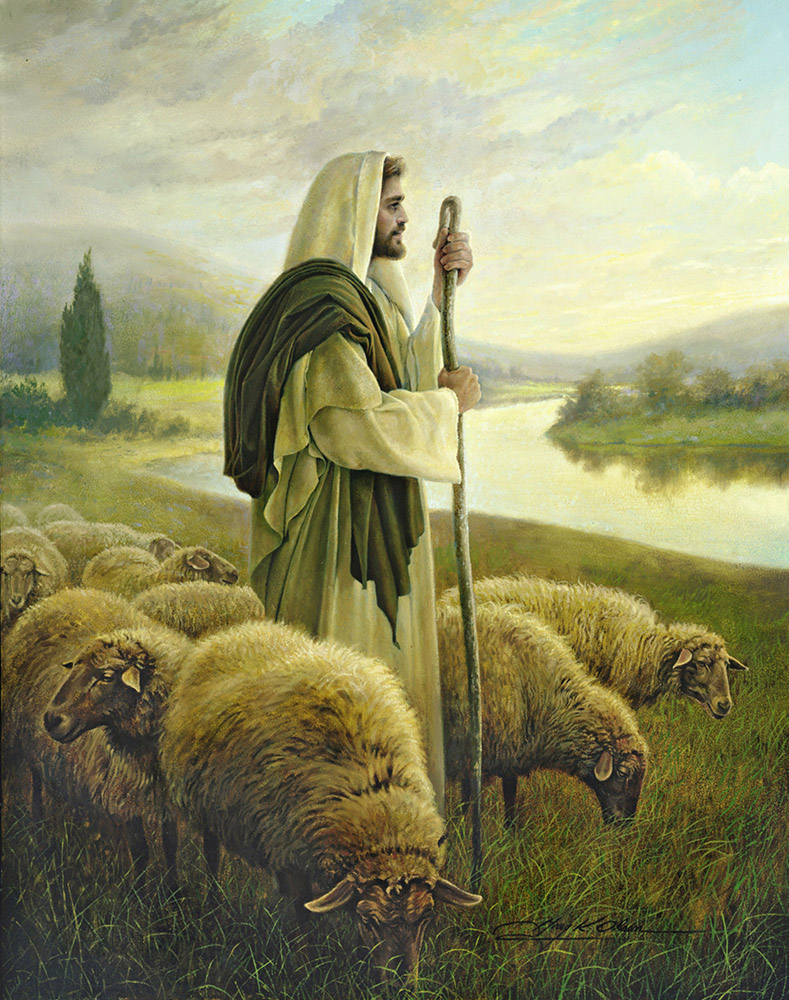
Conductor David Lockington, Soloists Carrie Hennessey and Leon Williams, Orchestra, and the Symphony Chorus, following their performance of “Dona Nobis Pachem”
Story by America DeGraw, Reporter
Photo courtesy of The Grand Rapids Symphony
The sound of voices fill the hall with the echoing harmony of the intense Dona Nobis cantata. The choir sings without hesitation as the conductor guides his orchestra, soloists, and choir in perfect syzygy through the complex arrangement. He never falters, his gestures crisp and timed, matching the precise beat of the movement…
On Nov. 18, Grand Rapids Symphony Laureate Conductor David Lockington returned for the first time following his resignation as music director in May of 2015. He was greeted to the stage with cheers and a standing ovation. However, he quickly diverted the attention from himself and gave glowing praise to the Assistant Principal Cellist Anthony Crosmer, who opened the evening’s performance, with his second debut piece.
Crosmer, a member of the symphony for five years, based his piece on an impressionist painting called “Gathering Pumpkins at Sunset,” which is on display at the Grand Valley State University gallery. The painting depicts a harvest time scene with pumpkins, horses, farmers and a glorious sunset; all of which Cosmer manages to portray in his composition. The sweeping melody was interspersed with moments of more structured music, sounding almost like a soldier’s march. However, the body of the composition was a glorious homage to the colors that explode just before the sunset dies, and it truly felt as though one was sitting and watching the sun sink below the clouds.
Following Crosmer’s impressive composition was the masterful and intense “Dona Nobis Pachem” by Ralph Vaughan Williams. This cantata, written for full orchestra, chorus, and soloists, is a work of passionate anti-war feelings written in 1936 during the rise of National Socialism in Europe. The lyrics of the cantata are taken from a speech concerning the Crimean war, Latin Mass texts, and the poetry of Walt Whitman.
Soloist Carrie Hennessey began the piece with her lyrical soprano voice soaring hauntingly above the audience; she evoked a sense of profound peace as she, the chorus, and the orchestra moved effortlessly through the first movement of the cantata. After the first movement, the performance hall exploded with raw sound; the peace that had been circulating moments before was broken by the choir’s exclamation of “ Beat, Beat, Drums,” and the deep baritone of Leon Williams. The cantata was no longer singing of the peace before war, but the war itself, which was ripping apart the grace and beauty that had once been over-abundant.
The cantata was particularly thought provoking and poignant considering the climate in our nation at this time, and that there was a peaceful protest taking place just down the street from the performance hall during the performance added to the overall emotion.
The performance, which went from peaceful, to violent, to militaristic, and then returned to the haunting melody from the first movement, gave an introspective look into the violence and anger in our society following the events of this year’s election cycle.
The mournful cantada ended with a return to the haunting melody of the beginning, in which Carrie Hennessey again blew the audience away with her floating soprano, this time getting progressively quieter until her voice, barely backed by the chorus, was an eerie whisper carrying to the highest seats in the hall.
Sadly, compared to the two pieces preceding intermission, the regal Dvořák, which ranged from playful to militant, was wildly overshadowed. The Symphony showcased its skill well during the composer’s 6th Symphony; however, it did not carry the same impact, nor did it evoke the depth of emotion that was present in the first act. Once again, the Symphony delivered an impressive evening full of passion and thought-provoking performances.





Leave a comment